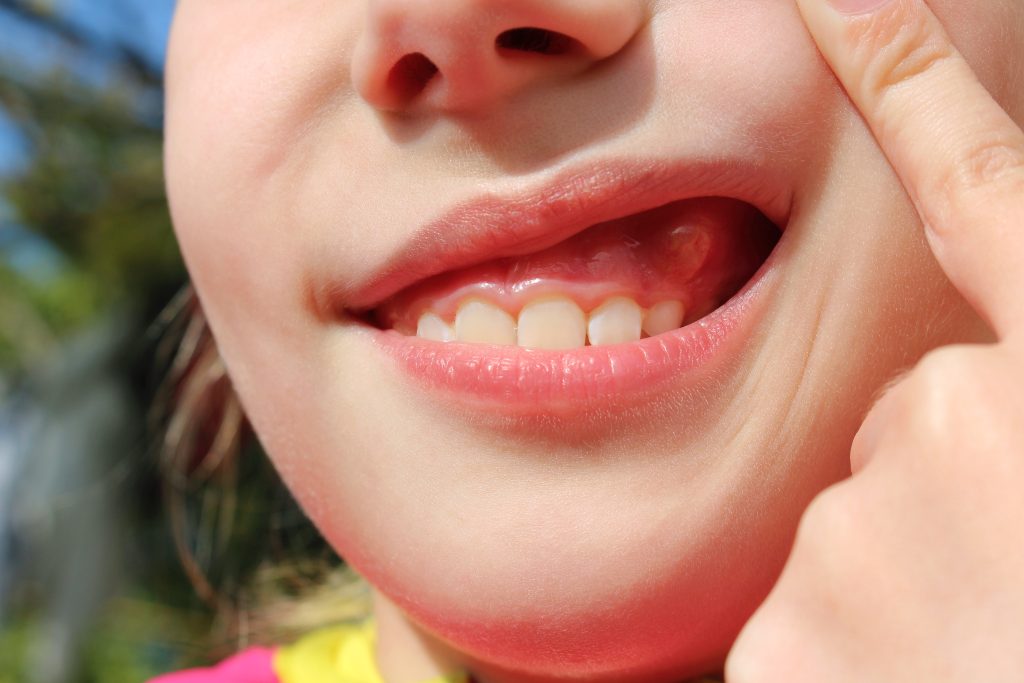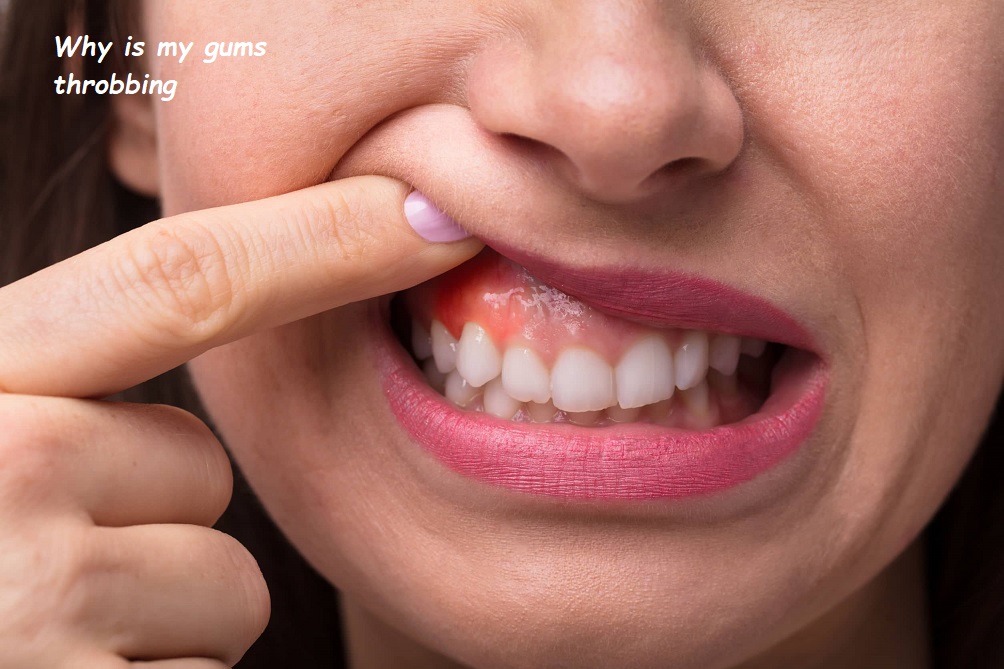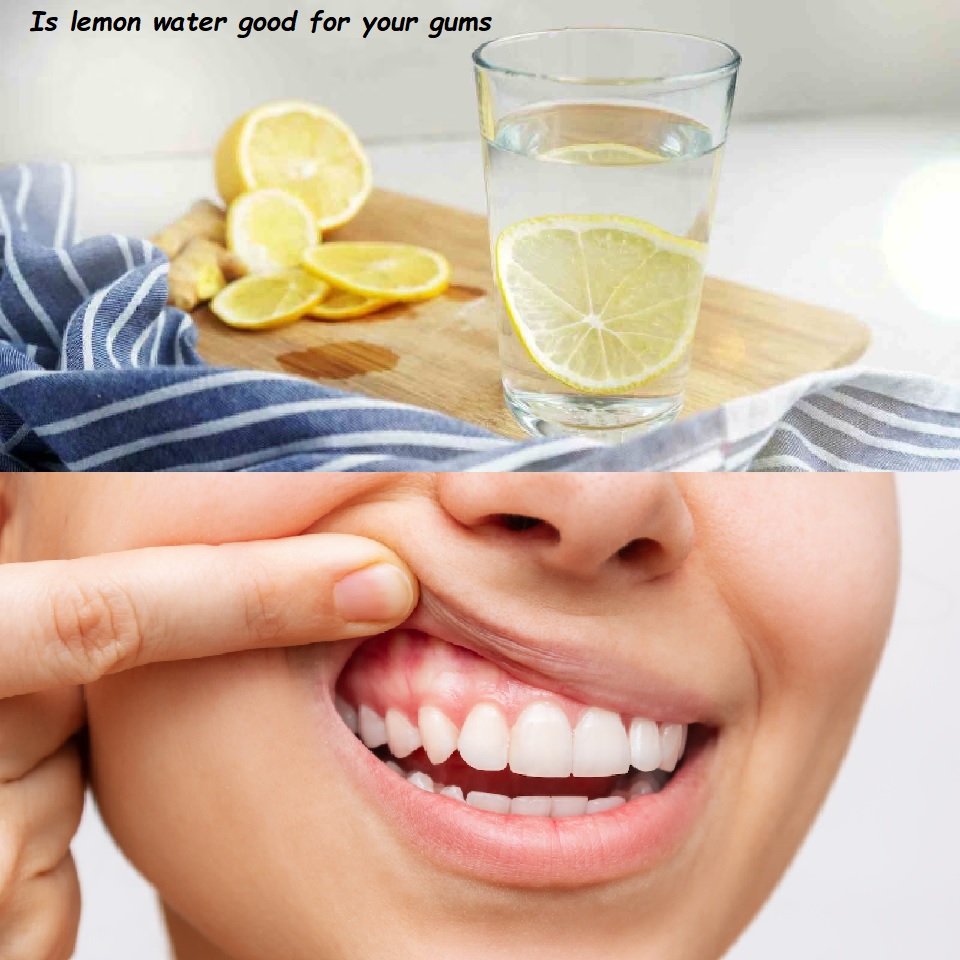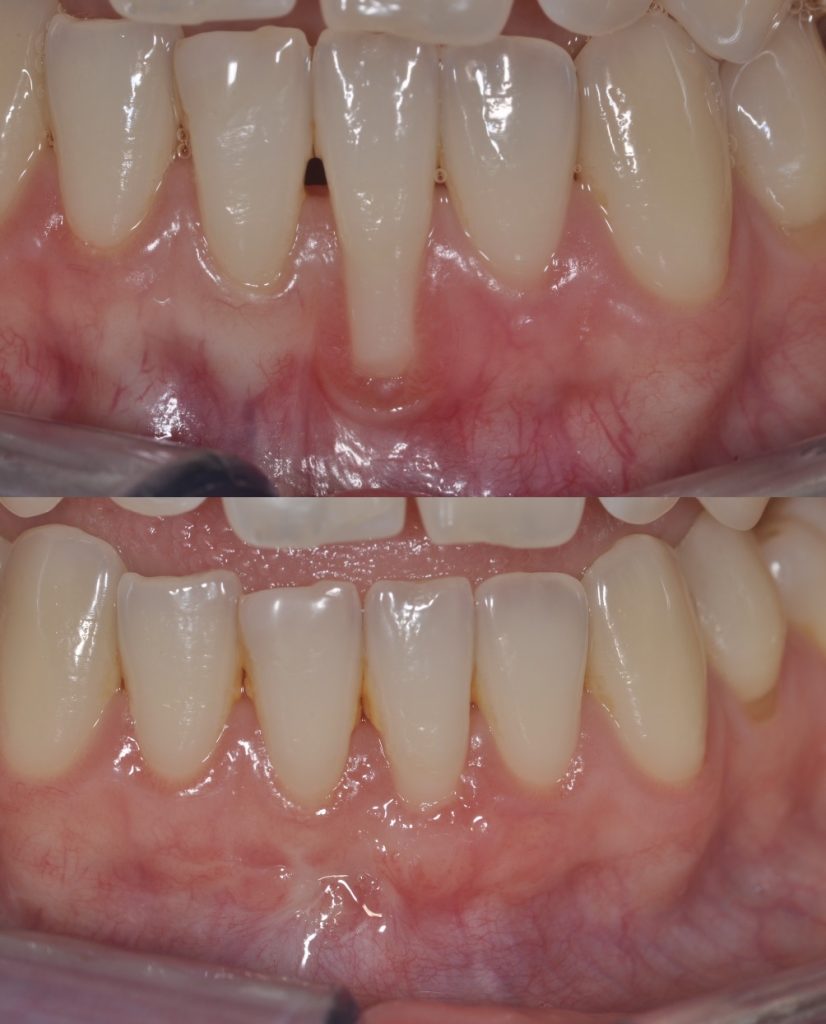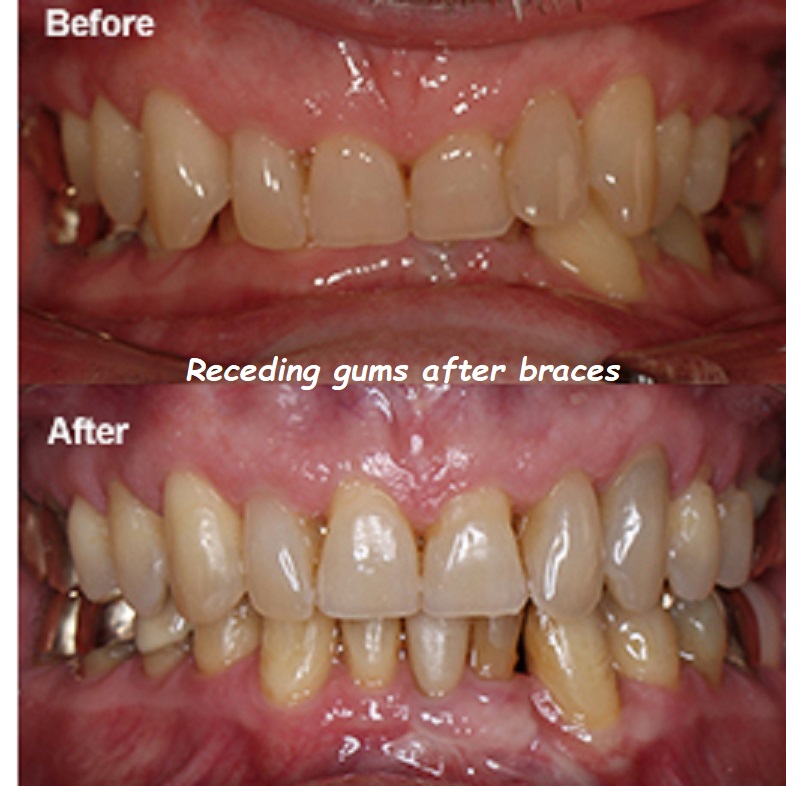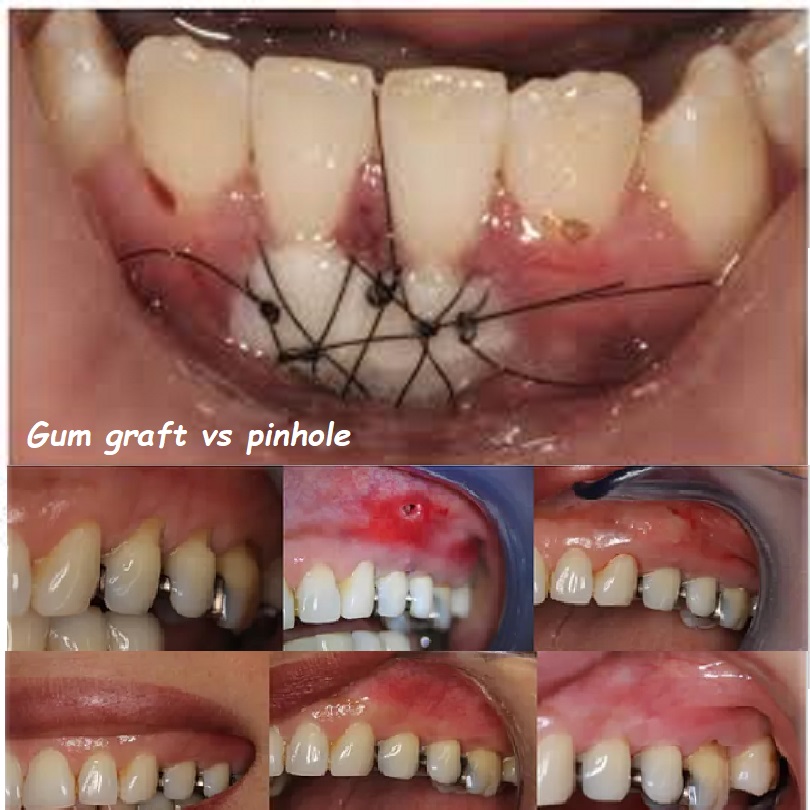how to get something out of your gums

It’s not uncommon for small objects, food particles, or debris to get lodged in your gums. This can cause discomfort, irritation, and sometimes even infection if not properly addressed. Knowing how to safely and effectively remove something from your gums is crucial for maintaining good oral health. This comprehensive guide will cover various methods to remove objects from your gums, preventive measures to avoid such occurrences, and when to seek professional help.
Common Causes of Objects Getting Stuck in Gums
Food Particles
Certain foods, especially those that are hard, sticky, or fibrous, can easily get stuck between your teeth and gums. Common culprits include:
- Popcorn kernels
- Seeds
- Nuts
- Meat fibers
Dental Work
Dental procedures, such as fillings, crowns, or braces, can sometimes leave small particles or debris in your gums.
Foreign Objects
Occasionally, non-food items, such as small pieces of dental floss, toothbrush bristles, or even fragments of dental tools, can become lodged in your gums.
Plaque and Tartar
Plaque buildup can harden into tartar, which can become trapped in your gums, causing discomfort and inflammation.
Symptoms of Objects Stuck in Gums
Recognizing the symptoms of an object stuck in your gums is crucial for prompt removal. Common symptoms include:
- Pain or discomfort in the affected area
- Swelling or redness around the gum line
- Bleeding gums
- Persistent bad breath
- A feeling of pressure or something foreign in your gums
- Difficulty chewing or biting
Safe Methods for Removing Objects from Gums
Flossing
Flossing is often the first line of defense for removing food particles and debris from your gums. Here’s how to do it safely:
- Choose the Right Floss: Use dental floss or an interdental cleaner that is suitable for your teeth and gums.
- Gentle Technique: Carefully slide the floss between your teeth and gently work it up and down to dislodge the object. Avoid snapping the floss into your gums to prevent injury.
- Repeat if Necessary: Repeat the process several times if needed, using clean sections of floss each time.
Brushing
Brushing your teeth can help remove objects from your gums, especially if they are stuck near the surface. Follow these steps:
- Soft-Bristled Toothbrush: Use a soft-bristled toothbrush to avoid damaging your gums.
- Proper Technique: Brush gently in a circular motion, focusing on the area where the object is lodged.
- Rinse Thoroughly: Rinse your mouth with water or an antiseptic mouthwash to help flush out any remaining particles.
Water Flosser
A water flosser, also known as an oral irrigator, uses a stream of water to remove debris from between your teeth and gums. Here’s how to use it effectively:
- Fill the Reservoir: Fill the water flosser reservoir with lukewarm water or an antiseptic solution.
- Direct the Stream: Aim the stream of water at the affected area, keeping the water pressure low to medium.
- Move Slowly: Slowly move the flosser around your mouth, focusing on the area where the object is stuck.
Saltwater Rinse
A saltwater rinse can help soothe irritated gums and dislodge small particles. Follow these steps:
- Prepare the Solution: Mix one teaspoon of salt with a glass of warm water.
- Rinse Your Mouth: Swish the solution around your mouth for 30 seconds, focusing on the affected area.
- Repeat: Repeat the rinse several times a day until the object is removed and the irritation subsides.
Dental Tools
Using dental tools at home should be done with caution. If you have a dental pick or a small mirror, you can attempt to remove the object carefully:
- Sterilize the Tool: Ensure the tool is clean and sterilized to prevent infection.
- Gently Probe: Gently probe the area where the object is lodged, using a light touch to avoid injuring your gums.
- Rinse Thoroughly: Rinse your mouth with water or an antiseptic mouthwash after removing the object.
Preventive Measures
Maintain Good Oral Hygiene
Practicing good oral hygiene can help prevent objects from getting stuck in your gums:
- Brush your teeth at least twice a day.
- Floss daily to remove food particles and plaque.
- Use an antiseptic mouthwash to reduce bacteria and plaque buildup.
Be Cautious with Certain Foods
Avoid or take extra care when eating foods that are more likely to get stuck in your gums, such as:
- Popcorn
- Seeds
- Nuts
- Meat fibers
Regular Dental Checkups
Visit your dentist regularly for checkups and cleanings to prevent plaque buildup and address any dental issues that could lead to objects getting stuck in your gums.
When to Seek Professional Help
While many objects stuck in your gums can be removed at home, there are times when professional help is necessary:
- Persistent Pain: If you experience persistent pain or discomfort that doesn’t improve with home remedies.
- Swelling and Redness: If your gums are swollen, red, or bleeding excessively.
- Infection Signs: If you notice signs of infection, such as pus, fever, or a foul taste in your mouth.
- Difficulty Removing the Object: If you cannot remove the object yourself or are unsure how to do it safely.
Professional Treatments
Dental Cleaning
A professional dental cleaning can effectively remove objects and debris lodged in your gums. Your dentist or hygienist will use specialized tools to clean your teeth and gums thoroughly.
Scaling and Root Planing
For more severe cases, scaling and root planing may be necessary. This deep-cleaning procedure involves removing plaque and tartar from below the gum line and smoothing the tooth roots to help the gums reattach to the teeth.
Minor Surgical Procedures
In some cases, a minor surgical procedure may be required to remove objects lodged deep within the gums. This may involve making a small incision to access and remove the object.
Frequently Asked Questions (FAQs)
Q: Can objects stuck in gums cause serious dental problems?
A: Yes, if not removed promptly, objects stuck in gums can lead to irritation, infection, and even abscess formation, which can result in serious dental problems.
Q: What should I do if I can’t remove the object myself?
A: If you cannot remove the object yourself, contact your dentist for professional assistance to avoid causing further injury or infection.
Q: Are there any home remedies for soothing irritated gums after removing an object?
A: Yes, rinsing with saltwater, applying a cold compress, or using over-the-counter pain relievers can help soothe irritated gums.
Q: How can I prevent objects from getting stuck in my gums?
A: Maintain good oral hygiene, be cautious with certain foods, and visit your dentist regularly for checkups and cleanings.
Q: Is it safe to use dental tools at home to remove objects from gums?
A: Using dental tools at home should be done with caution. Ensure the tools are sterilized and use a gentle touch to avoid injuring your gums. If unsure, seek professional help.
Q: Can a water flosser help remove objects stuck in gums?
A: Yes, a water flosser can effectively remove small particles and debris lodged between your teeth and gums by using a stream of water.
Q: How often should I visit my dentist for checkups?
A: Visit your dentist at least twice a year for regular checkups and cleanings to maintain good oral health and prevent issues like objects getting stuck in your gums.
Q: Can gum recession make it easier for objects to get stuck in my gums?
A: Yes, gum recession can expose more of the tooth roots, creating gaps where food particles and debris can get lodged more easily.
Q: What should I do if I notice signs of infection after removing an object from my gums?
A: If you notice signs of infection, such as pus, fever, or a foul taste in your mouth, contact your dentist immediately for professional treatment.
Q: Are certain foods more likely to get stuck in gums?
A: Yes, hard, sticky, or fibrous foods like popcorn kernels, seeds, nuts, and meat fibers are more likely to get stuck in your gums.
Conclusion
Getting something stuck in your gums can be uncomfortable and potentially harmful if not addressed promptly. By knowing how to safely and effectively remove objects from your gums and practicing good oral hygiene, you can maintain healthy gums and prevent future issues. If you experience persistent pain, swelling, or signs of infection, seek professional help to ensure your oral health remains in top condition. Regular dental checkups and preventive measures can go a long way in keeping your gums healthy and free from unwanted debris.

